What to Expect from Transition/Vocational IEE Testing
What to Expect from Transition/Vocational IEE Testing
Leave a Comment / IEE Assessments / By Claudia Wenger, MS, BCBA
Independent Educational Evaluation (IEE) testing is used to develop goals to support students transitioning to adulthood. This assessment is requested by the student’s family (often with support from a lawyer or other advocate). Once awarded, only one assessment is allowed.
IEE testing is used as a comprehensive assessment to determine short- and long-term goals based on that individual’s strengths and interests and guide the goals in the Independent Transition Plan (ITP) in the IEP.
All students, regardless of their ability or disabilities have their own skills and preferences when it comes to postsecondary life.
The goal of IEE testing is to determine the individual’s skills and passions while planning out a future beyond secondary education. Vocational testing will not only determine the student’s strengths and needs but make recommendations based on the results.
The transition assessment must first be done by the school by the age of 16, but often done as early as 14 years old. It’s a great way to help students prepare for postsecondary life, and schools are required to support students with an IEP in this transition. However, if the parents of the student believe the school’s assessment is not acceptable, they can request IEE testing.
But, it’s important to know what to expect from IEE testing. Let’s look at how the assessment works and how you can help along the way.
What Does the Assessment Include?
As a parent and as part of the IEP team, you can help play a role in guiding the school when it comes to creating goals and supporting your child in the transition to adult life. The assessment will start with a review of records. To get an accurate idea of where your child currently sits as well as a basic evaluation of their strengths and weaknesses, this is an important first step.
After the review, a formal and informal assessment begins. IEE assessments typically consist of:
Criterion or norm-referenced tests
Adaptive behavioral/daily living skills assessments
Interest inventories
Employability tests
Self-determination assessments
Transition-planning inventories
Transition testing also includes interviews with those who have the biggest impact on the student’s life. That includes parents, teachers, coaches, and counselors. The student will be interviewed for a stronger understanding of what they want and need.
There are also informal assessments within vocational testing, including interest inventories, open-ended questionnaires, direct observation, and environmental analysis.
Once the assessments are reviewed and analyzed, a written report is given and then presented at an IEP meeting.
What Can You Do?
If IEE testing sounds like a lot of steps, there are things you can do as a parent to make the process easier and smoother. For starters, make sure you have your child’s records in order. Providing them to the assessors will give them a good launching pad to work with.
You should also provide any information you can about your child’s interests, strengths, preferences, and needs. Again, this will help them start from a more knowledgeable perspective.
Finally, help your child understand the process as well. If they’re excited about the assessment, they’re more likely to be an eager participant. Talk to them about their goals and what they want, and let them know how IEE testing can help them achieve those goals.
What to Expect From Results
Once vocational testing is complete, you’ll receive results that will recommend the best possible plan/strategy for your child’s future. It’ll also provide information related to your child’s strengths, weaknesses, interests, and needs.
IEP will offer goals the school can use to support the transition to make it smoother. Recommendations in areas like self-determination, independent living skills (when appropriate), employment opportunities, and post-secondary education can help create goals in the ITP so the school can help the student transition into adult life.
IEE testing is a fantastic way to feel confident that the school’s goals will help prepare for your child’s post-secondary life. If you have more questions about what to expect, feel free to contact me for information.
